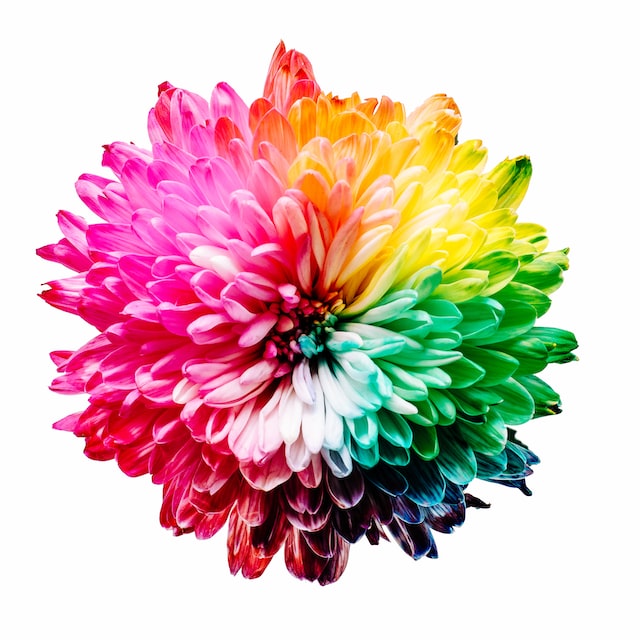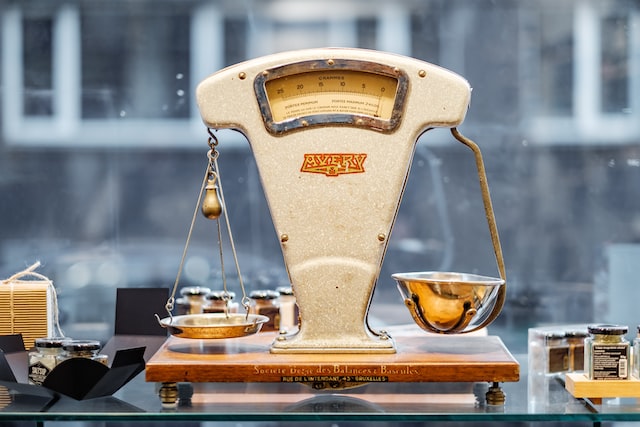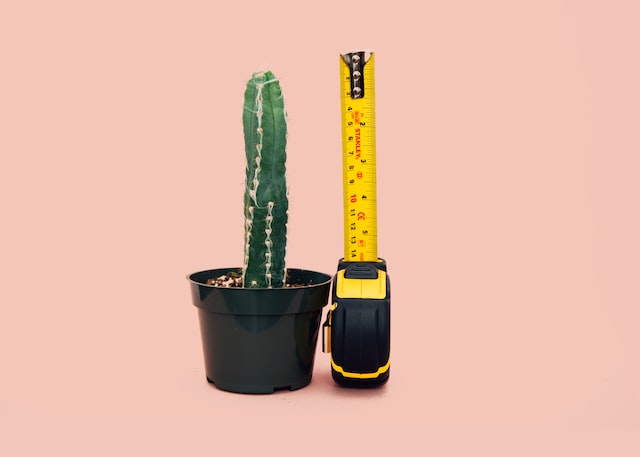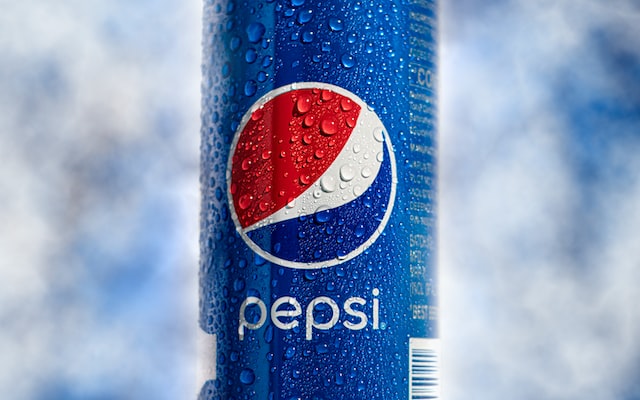The colour rust is created by combining orange, red, and brown. The phrase was initially coined in 1692. It was named from the colour produced by iron’s oxidation. Rust is the combination of various colours on a colour wheel. Using the three fundamental colours, combine yellow and blue to create green. Then adding red yields […]
What Colors Make the Color Rust?







